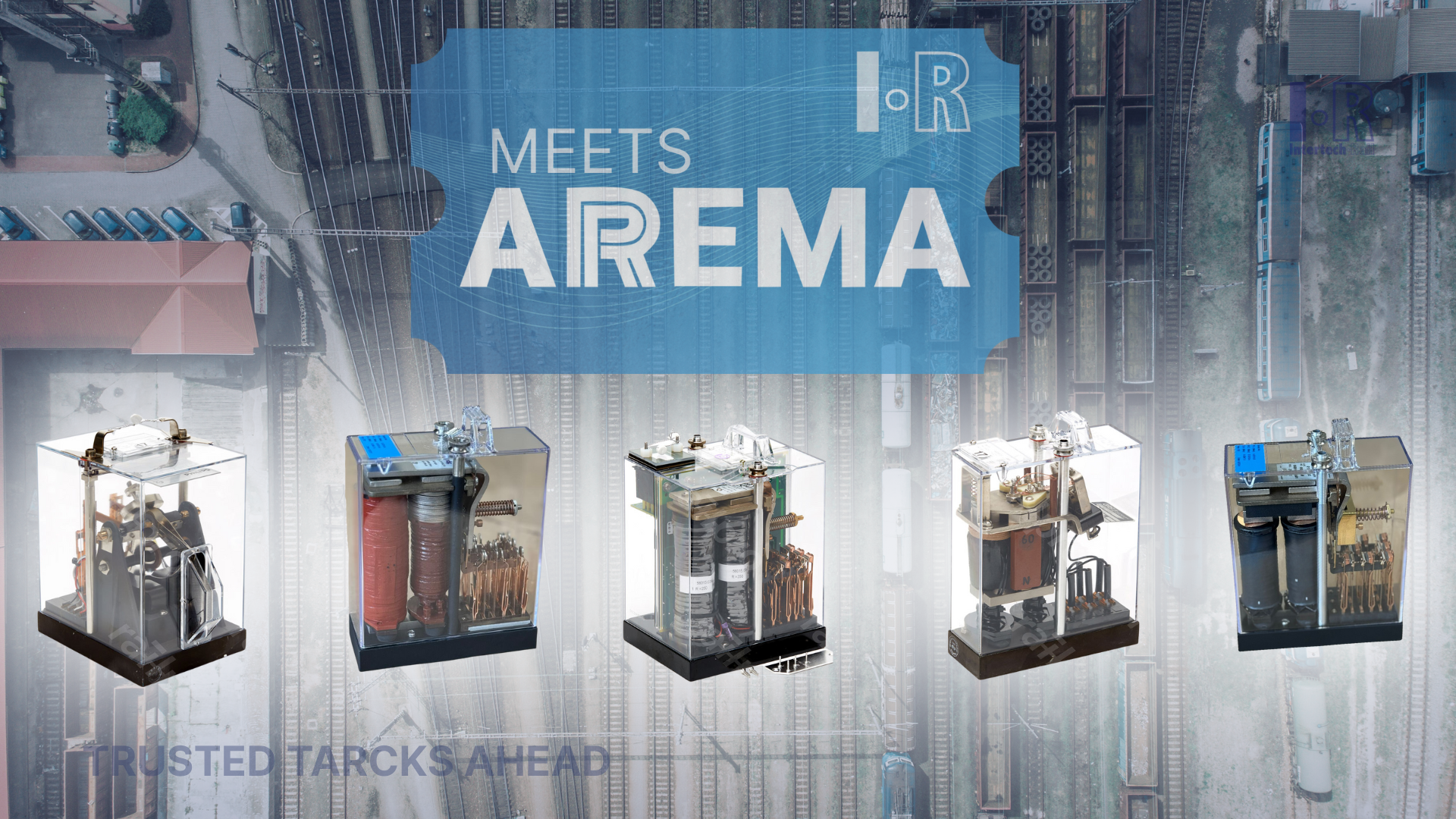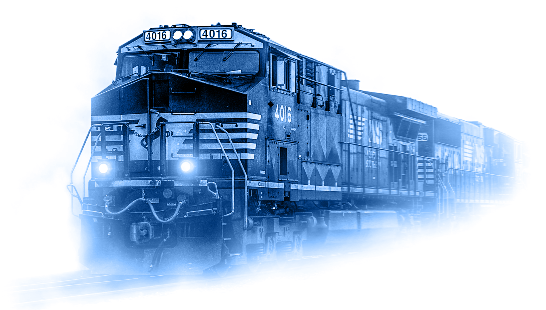Understanding Automatic Train Protection (ATP) and Its Benefits
In the ever-evolving landscape of railway technology, ensuring the safety of train operations is a top priority. Automatic Train Protection (ATP) is a sophisticated safety system designed to prevent accidents and enhance overall railway safety. In this article, we will explore what Automatic Train Protection is and delve into the various benefits it brings to the railway industry.
Benefits of Automatic Train Protection
Automatic Train Protection is implemented in railway networks to monitor and control train movements automatically. The primary goal of ATP is to prevent accidents caused by human error, signal violations, or other unforeseen circumstances. ATP systems utilize a combination of sensors, communication devices, and on-board control systems to monitor and manage train speeds, ensuring compliance with predetermined safety parameters.
Collision Avoidance
One of the primary benefits of ATP is its ability to prevent collisions between trains. The system constantly monitors the position and speed of trains and intervenes if it detects a potential collision risk. By automatically controlling train speeds and maintaining safe separation distances, ATP significantly reduces the likelihood of accidents caused by human error or miscommunication.
Speed Control and Limiting
ATP systems continuously monitor and enforce speed limits for trains based on factors such as track conditions, signal status, and the presence of other trains. This prevents trains from exceeding safe speeds, mitigating the risk of derailments or other accidents associated with high-speed travel.
Signal Compliance
ATP ensures strict adherence to signal indications and trackside regulations. If a train operator fails to respond appropriately to signals, the system can automatically apply brakes or take corrective actions to bring the train into compliance. This feature helps prevent accidents resulting from signal violations.
Enhanced Operational Efficiency
By automating aspects of train control, ATP contributes to the overall efficiency of railway operations. It optimizes train movements, reduces delays, and improves schedule adherence. This not only enhances the passenger experience but also makes the transportation of goods more reliable.
Improved Reliability and Predictability
The reliability of train operations is crucial for both passenger and freight services. ATP systems contribute to the overall reliability of rail transportation by minimizing disruptions caused by accidents, ensuring consistent travel times, and enhancing the predictability of the railway network.
Enhanced Safety Culture
Implementing ATP fosters a safety-first culture within the railway industry. The system acts as a fail-safe mechanism, providing an additional layer of protection against human errors or equipment failures. This commitment to safety contributes to public trust in railway transportation.
By leveraging advanced technology to monitor and control train movements, ATP significantly reduces the risk of accidents, collisions, and derailments. The benefits of ATP extend beyond safety, positively impacting operational efficiency, reliability, and the overall experience of passengers and freight operators.




1501 Venera ave Suite 320A Coral Gables, FL 33146
+55 11 985974011 (Brazil)
+1 614 302 1900 (USA)
Intertech Rail 2024 - All Rights Reserved





